Why are some of the most educated people in America now believing in UFOs?
Is there life on Mars? Are we really alone? Serious questions about the existence of extraterrestrials are being asked everywhere from Harvard to Congress, often by some of the most respected names in science. Alex Hannaford finds out why so many smart people are convinced aliens are among us
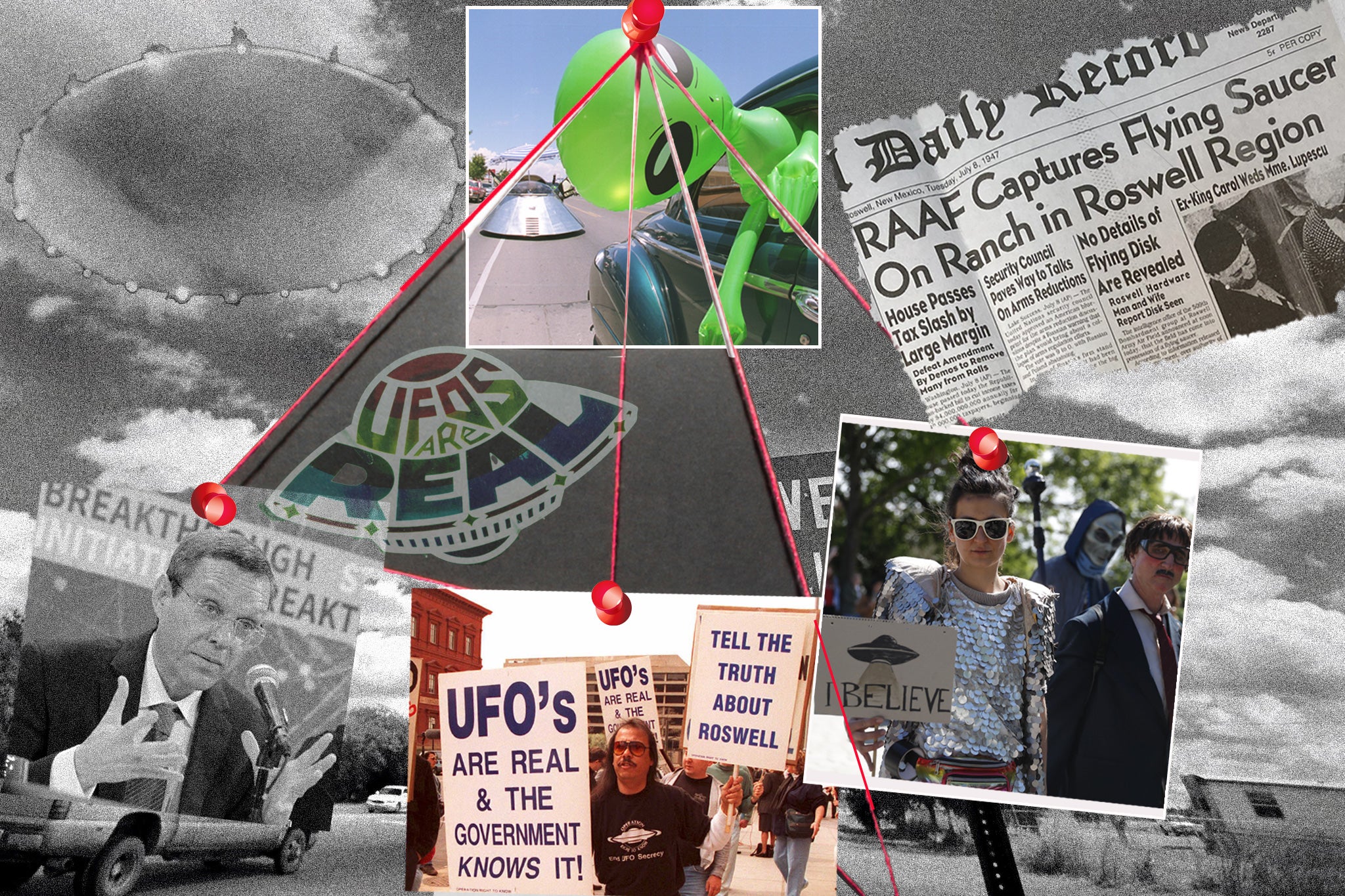
In the twilight hours one August morning, a sheriff’s deputy on night patrol in the US state of Minnesota was driving along a country road when he spotted something strange: a bright ball of white light, about a foot in diameter, hovering three or four feet from the ground. Val Johnson drove towards the object in his squad car, but after that he’s not sure what happened.
Thirty minutes later he woke to find himself in a ditch. The skin around his eyes had been singed, and his car had suffered a shattered windshield and dented bonnet. What’s more, both his watch and the car’s clock were 14 minutes slow.
In the aftermath, Johnson became somewhat of a local celebrity, his car was preserved in the county museum, and the incident, which happened more than 40 years ago, remains one of the most famous “UFO encounters” in history. But Johnson himself never thought what he saw was “extraterrestrial”; just inexplicable. And he was content with that.
But belief in UFOs, once the preserve of eccentrics and conspiracy theorists, has been gaining a surprising number of adherents lately − and from some equally surprising quarters. As New York Magazine noted, “Thoughtful, sensible-seeming, non-crankish people at Harvard, The New Yorker, at The New York Times, and at the Pentagon, seem to be drifting ever closer to the conclusion that alien spaceships had visited Earth.” But why?
One answer is that it’s been bestowed with a veil of legitimacy by those in power − the decision to hold congressional hearings on the matter in the US last summer, for example. Or the defence department’s unveiling of a website in August that serves as a clearinghouse for declassified information about “UAPs” − unidentified aerial phenomena (with the intriguing name All-domain Anomaly Resolution Office.)
Not to mention the fact that one of Harvard University's top astronomers, Avi Loeb, wrote Extraterrestrial: The First Sign of Intelligent Life Beyond Earth, about his controversial theory that advanced alien technology from a distant planet recently visited our solar system. There’s a sense that if politicians and those in power (and established academics) are taking it seriously, so, surely, should we.
Politicians from both Democratic and Republican parties had pushed for the hearings − but with the perfectly plausible-sounding pretext of “concerns around national security”.
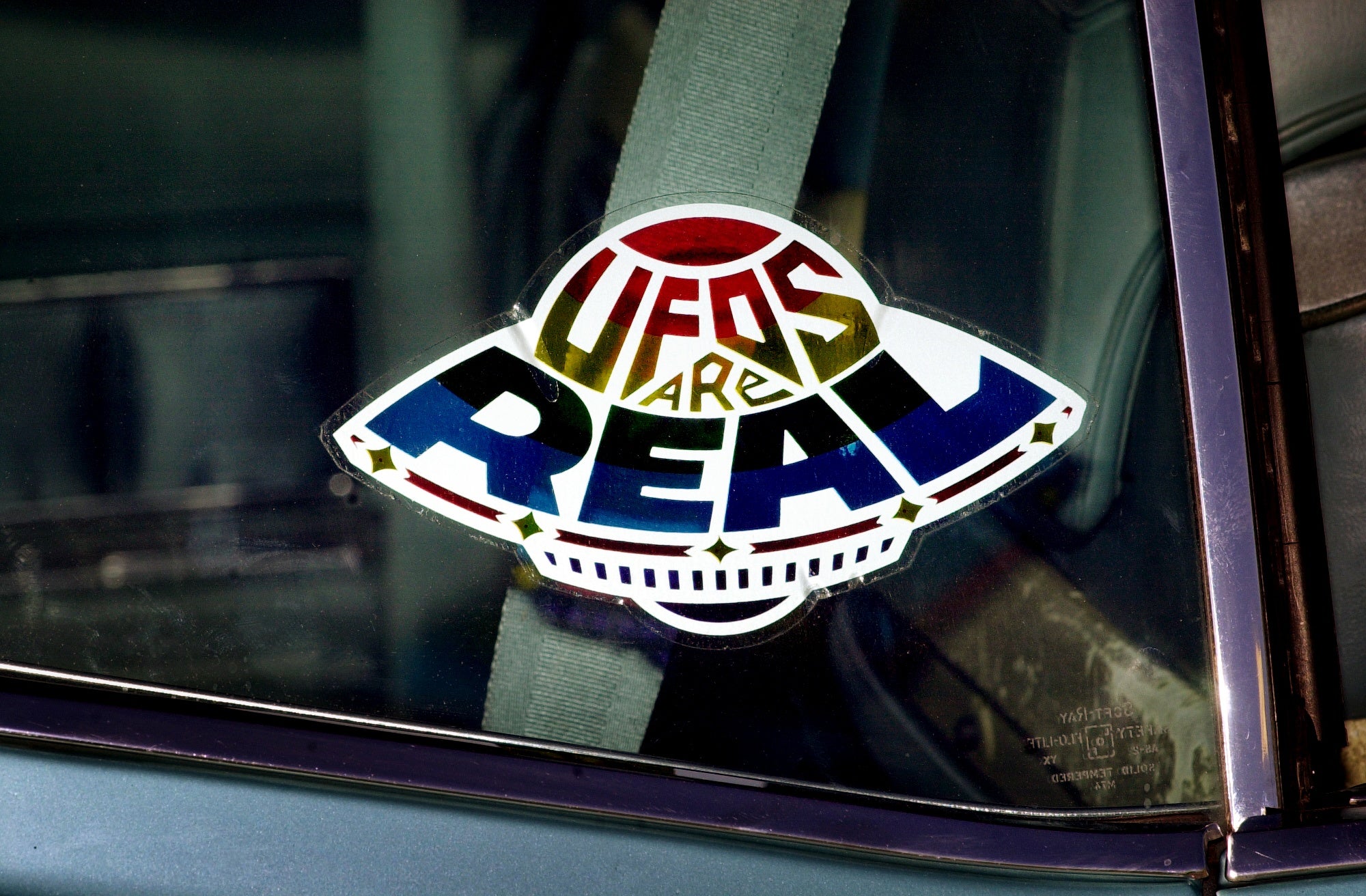
Any unidentified aerial phenomena could, they claim, belong to a foreign adversary. It’s not always about little green men. It’s about Chinese spy balloons, or perhaps something much more advanced. The top Democrat on the subcommittee, representative Robert Garcia, said the “sheer number of reports, whistleblowers and stories of unidentified anomalous phenomena should raise real questions”.
At those hearings, though, a former Air Force intelligence officer called David Grusch testified that his country had been concealing a top-secret programme to retrieve and reverse-engineer unidentified flying objects; that it harboured intact alien vehicles and non-human biological matter − all claims the Pentagon denied. It didn't matter that Grusch had heard about the programme from someone else. The die was cast.
It didn’t help either that a 2021 report compiled by the director of national intelligence and the secretary of defence, which found no evidence of extraterrestrial activity over America’s skies, didn’t rule it out either. That report came about after several videos taken by US Navy pilots showed unidentified objects travelling at high speeds across the sky; one was spherical and seemed to disappear into the ocean off San Diego after remaining air-bound for a number of minutes. All of this understandably ignited the public imagination − and played into the hands of UFO believers and those who thought the government was hiding something.
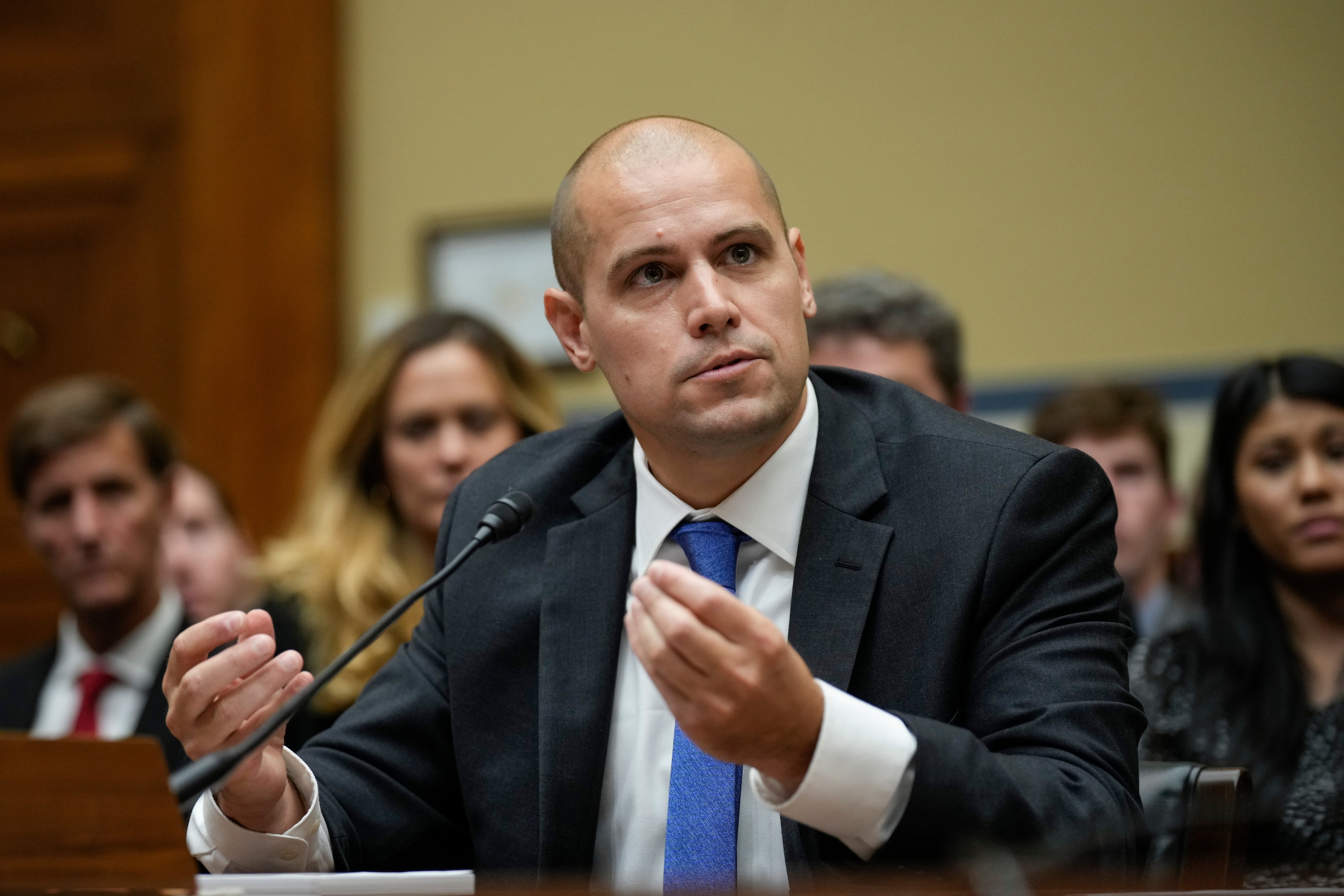
Last month, shortly after resigning as the first director of the All-domain Anomaly Resolution Office, Sean Kirkpatrick claimed conspiracy theorists working for the government were to blame for perpetuating these myths. Kirkpatrick, who said he feared lawmakers had surrendered to conspiracies, also said the first report to be published by the Office later this year will show there is still no concrete evidence for the existence of alien life or any kind of government cover-up.
Mick West is one of America’s best-known debunkers of pseudoscientific claims and conspiracy theories. He was born in Bradford, England, and still has the accent despite living in California for 25 years. After retiring from the computer games firm he co-founded, he became a full-time sceptical investigator. “What Sean Kirkpatrick said is that it’s a small group of people who have convinced themselves [that UFOs exist] and it’s become a circular thing,” West says. “They’re telling each other the same stories and they’re convinced there’s actually something to them, but when you actually dig into it, you don’t find any actual evidence.”
West also says when you look at the “evidence” they present, it’s never very convincing. “Just blurry things off in the distance” all of which “generally have fairly reasonable explanations. And we’ve just had a litany of these crappy videos coming out”. It’s also thanks to the fact that it’s an entertaining thing to write about.
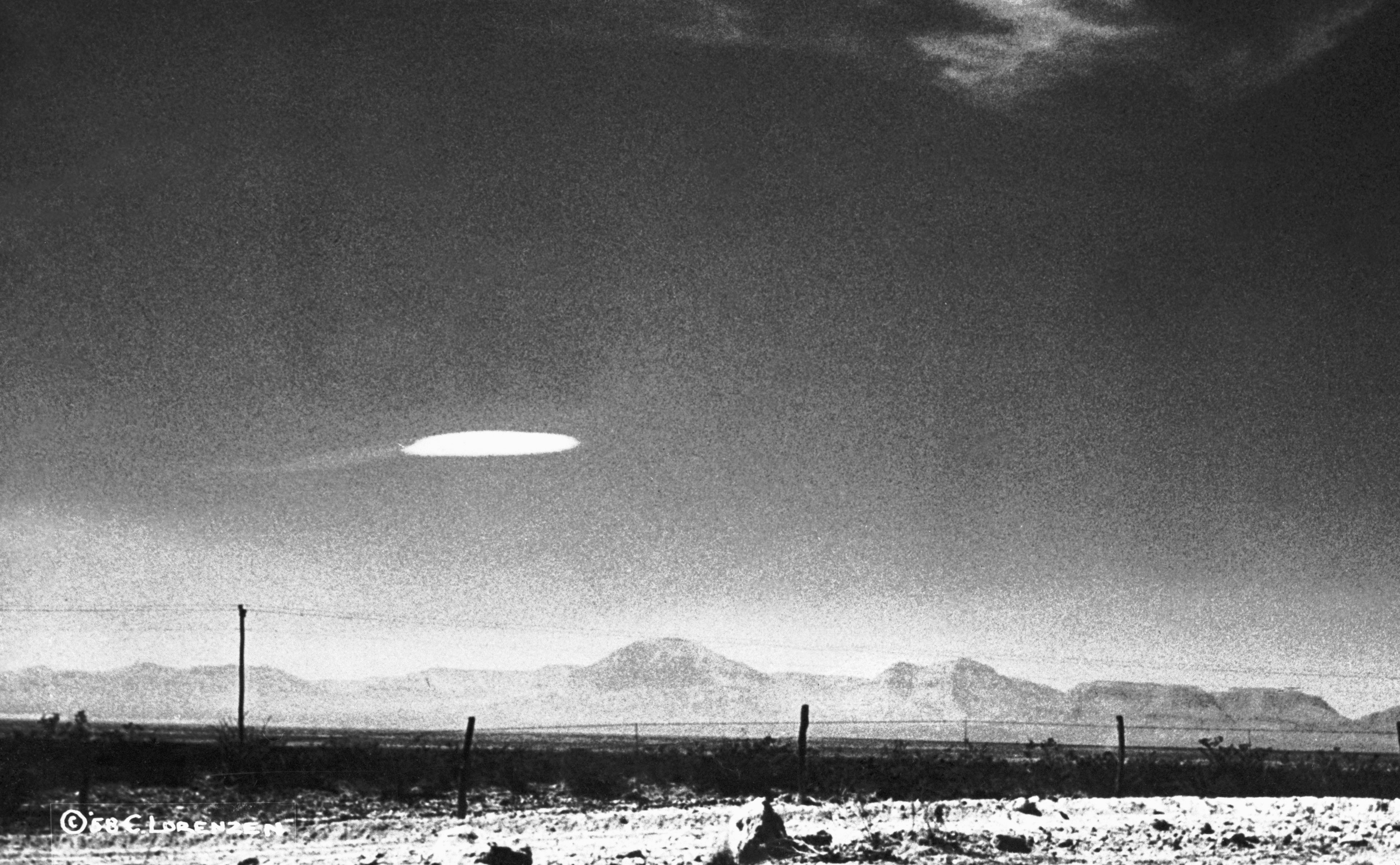
What is also curious is that this seems to be a uniquely American phenomenon − with aliens apparently visiting the United States more than any other country. The US has about 8,400 UFO sightings a year; Canada, which comes a distant second, has about 1,000. West says there are a couple of reasons for that. “America has extremely dense airspace compared to Canada. But also there are cultural aspects to consider. We have things like Roswell that capture the public imagination.”
In 1947, near Roswell, New Mexico, the crash of a seemingly unremarkable US Army Air Force balloon sparked a mystery that continues to captivate. The balloon was part of a secret project designed to detect sound waves from Soviet nuclear tests. When a rancher walked into his local sheriff’s office to say he’d found a “flying disk” on his property, an over-eager Army public information officer announced it in a news release. While his employer was quick to offer a more mundane explanation, attributing the crash to a conventional weather balloon, by then the seeds were sown and Roswell took on a life of its own.
“At the time,” West says, “it built upon fears that the Soviets could invade us, so there were a lot of people watching the sky.”
At the time, it built upon fears that the Soviets could invade us at any time, so there were a lot of people watching the sky
As for the congressional hearings, he says “there’s a small number of people in Congress who refer to themselves as the UFO caucus and who really believe there’s something to it. Though, most people there think they’ve got more important, serious geopolitical things to worry about.”
Barry Markovsky, a sociologist at the University of South Carolina who specialises in shared beliefs and misconceptions, says interest in UFOs happens in cycles. The big upswing of sightings last year coincided with the congressional hearings, and in the past, it may have coincided with the release of films such as Close Encounters of the Third Kind. As for the sightings themselves, Markovsky says there are so many factors at play − from history and culture, to how our vision works and how people interpret what they see in the sky.
Last year, a tech start-up called Enigma Labs launched an app for the general public to report UFO sightings. Christine Kim, who works for the company, says one in four people are likely to have a sighting in their lifetime. Since the app’s launch it’s had 13,000 sightings submitted by its users. “It’s spurring conversation,” Kim says. “Some are common objects that are identifiable − Starlink satellites, birds flying a certain way − but there are also truly unexplained sightings for which we don’t have answers.”
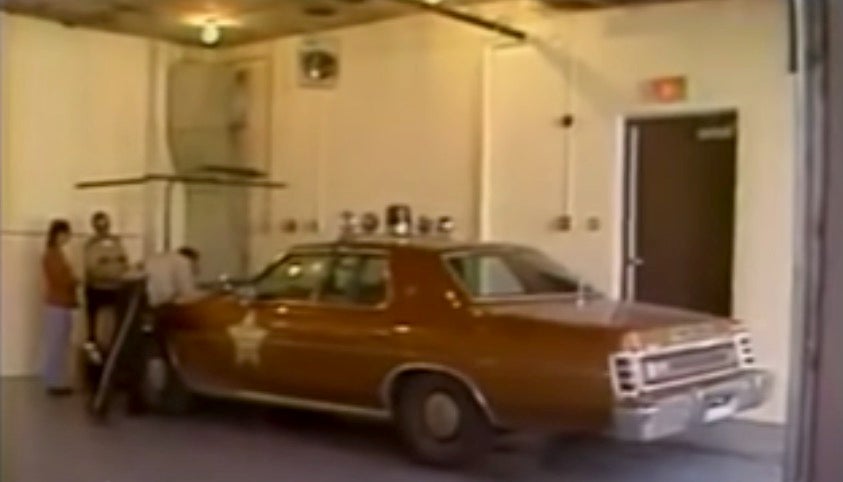
Her colleague Clare Hicks says the interesting thing about the unknown is it is the unknown. “I’m neutral on the origin [of some of these sightings]. Nothing’s off the table. Nothing’s on.”
A Nasa scientist who studies habitable planets said recently that we are at the beginning of a golden era right now and “for the first time in the history of civilisation we might be able to answer the question: Is there life beyond Earth?” But Markovsky says the general public have little idea of all the conditions that would have to be satisfied for an intelligent organism light years away to have visited us and not have contacted us through a radio signal, which would get here a lot faster. The chances are it’ll be a single-celled organism floating in primordial soup if we do discover life beyond Earth − very different to an advanced life form with the ability to visit us.
But, he says, it’ll never stop people believing, especially in turbulent times here on Earth. “We have a quest for transcendence, something beyond humanity,” he says. “And there are simpler reasons as well: it’s common to feel a sense of discomfort and anxiety in the face of something you don’t understand.”
And as long as the universe holds secrets, our imaginations will continue to fill the void.


Join our commenting forum
Join thought-provoking conversations, follow other Independent readers and see their replies
Comments